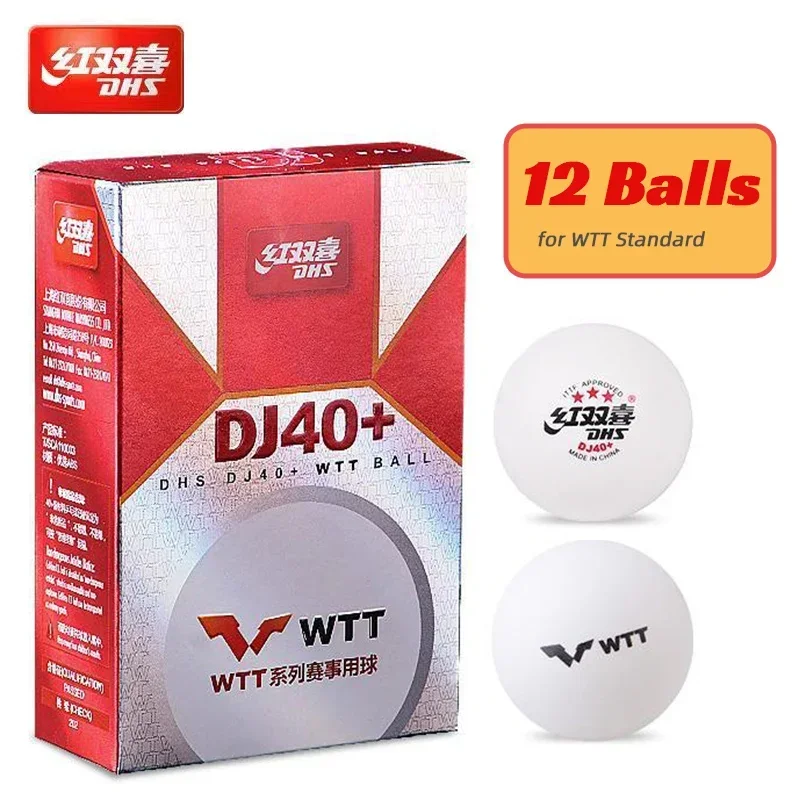In a crew overboard procedure why do we tack instead of gybe? Is it because a tack is considered safer?
In a crew overboard situation, a tack (turning the bow of the boat through the wind) is considered safer than a gybe (turning the stern of the boat through the wind) for several reasons:
- Reduced risk of accidentally jibing: A gybe involves turning the boat's stern through the wind, which can be difficult and dangerous in rough seas or when the crew is inexperienced. A tack, on the other hand, involves turning the bow of the boat through the wind, which is a more controlled and stable maneuver.
- Easier to see the crew overboard: By tacking, the boat can be positioned so that the crew overboard is on the windward side of the boat, making it easier for the crew to spot and rescue them.
- Less risk of capsizing: A tack is typically a more gentle maneuver than a gybe, which reduces the risk of the boat capsizing.
While a tack may be considered safer, it is important to note that both tacking and gybing can be dangerous maneuvers if not executed correctly. It is essential for all crew members to be trained in both maneuvers and to practice them regularly.
Related Questions:
- Why is it important to wear a life jacket when sailing?
- What are the different types of crew overboard recovery maneuvers?
- What are the common causes of crew overboard incidents?
- How can I improve my sailing skills?
- What are the benefits of sailing?
Related Hot-Selling Products:
- Gill Sailing Jacket
- Musto Sailing Trousers
- Zhik Sailing Gloves
- Spinlock Deckvest Life Jacket
- Garmin Marine GPS
Pre:How far north can you sail the Hudson river
Next:What is the connection between Lake Erie and Lake Ontario











